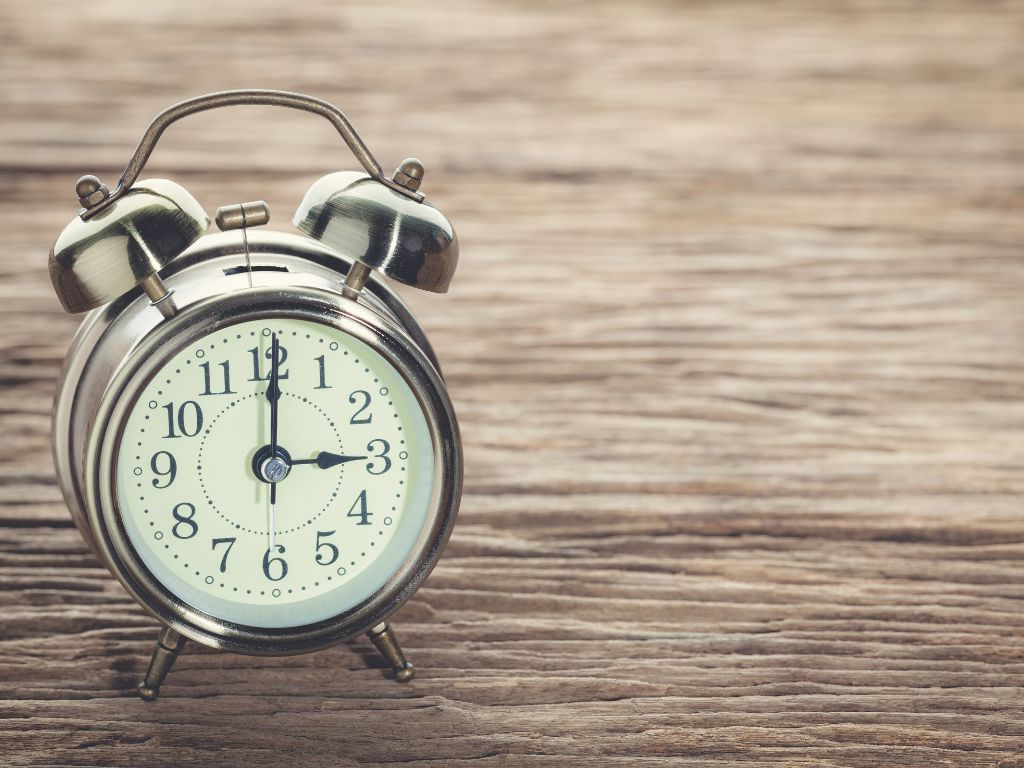In today’s fast-paced workplace, the infamous 3 PM slump has become an accepted part of the day. Many leaders and executives reach for a second (or third) cup of coffee, power through back-to-back meetings, or push tasks to later — assuming it’s just a normal dip in energy.
But what if it’s not normal?
What if this daily crash is your body’s way of telling you something deeper: your sleep isn’t doing its job?
The Hidden Culprit Behind the Afternoon Crash
Biologically, our circadian rhythm does include a mild dip in alertness in the afternoon. But in well-rested individuals, this slump is barely noticeable.
When it becomes a daily struggle — marked by foggy thinking, irritability, and poor decision-making — the real culprit may be inadequate sleep quality, poor sleep timing, or chronic sleep debt.
A 2021 study published in Nature Communications found that even small reductions in sleep over a week significantly impaired memory, attention, and reaction time — key skills every leader relies on.
How Sleep Debt Accumulates (and Drains Performance)
Sleep debt is the cumulative effect of not getting enough sleep. It doesn’t reset after one good night. The more sleep you lose — whether due to late-night emails, stress, or scrolling your phone in bed — the more it builds up.
And how does your brain respond?
- Reduced mental clarity
- Slower information processing
- Poor emotional regulation
- Increased irritability and conflict
By 3 PM, your prefrontal cortex — the brain’s executive center — is running on fumes, making it harder to prioritize, lead, or even stay present.
Energy Crisis or Leadership Crisis?
For leaders, the 3 PM slump isn’t just about low energy. It’s about how that low energy translates into poor leadership behaviors:
- Snapping at team members
- Postponing difficult conversations
- Making reactive instead of strategic decisions
When sleep is compromised, leadership suffers silently.
How to Solve It: From Slump to Sharpness
Here’s the good news: the 3 PM crash doesn’t have to be inevitable. Here are quick shifts leaders can make:
- Prioritize high-quality sleep over the number of hours alone — aim for consistency in sleep-wake times and minimize late-night light exposure.
- Build “Sleep KPIs” into your personal leadership development (e.g., track your sleep just like you’d track your team’s productivity).
- Shift your caffeine strategy — no coffee after 2 PM to avoid disrupting your sleep cycle.
- Consider a short nap (10–20 mins) if your schedule allows — it can restore alertness and productivity without grogginess.
- Schedule lower-stakes tasks in the mid-afternoon, and reserve strategic thinking for when you’re cognitively sharpest — usually mid-morning for most people.
Final Thought: Your Energy Is Your Edge
If you’re consistently hitting a wall mid-afternoon, don’t ignore it. It’s your body’s early warning signal that something’s out of sync.
When sleep is optimized, you don’t just stay awake — you lead better.
Reference: Hafner, M., et al. (2016). Why Sleep Matters – The Economic Costs of Insufficient Sleep. RAND Corporation. Retrieved from rand.org

